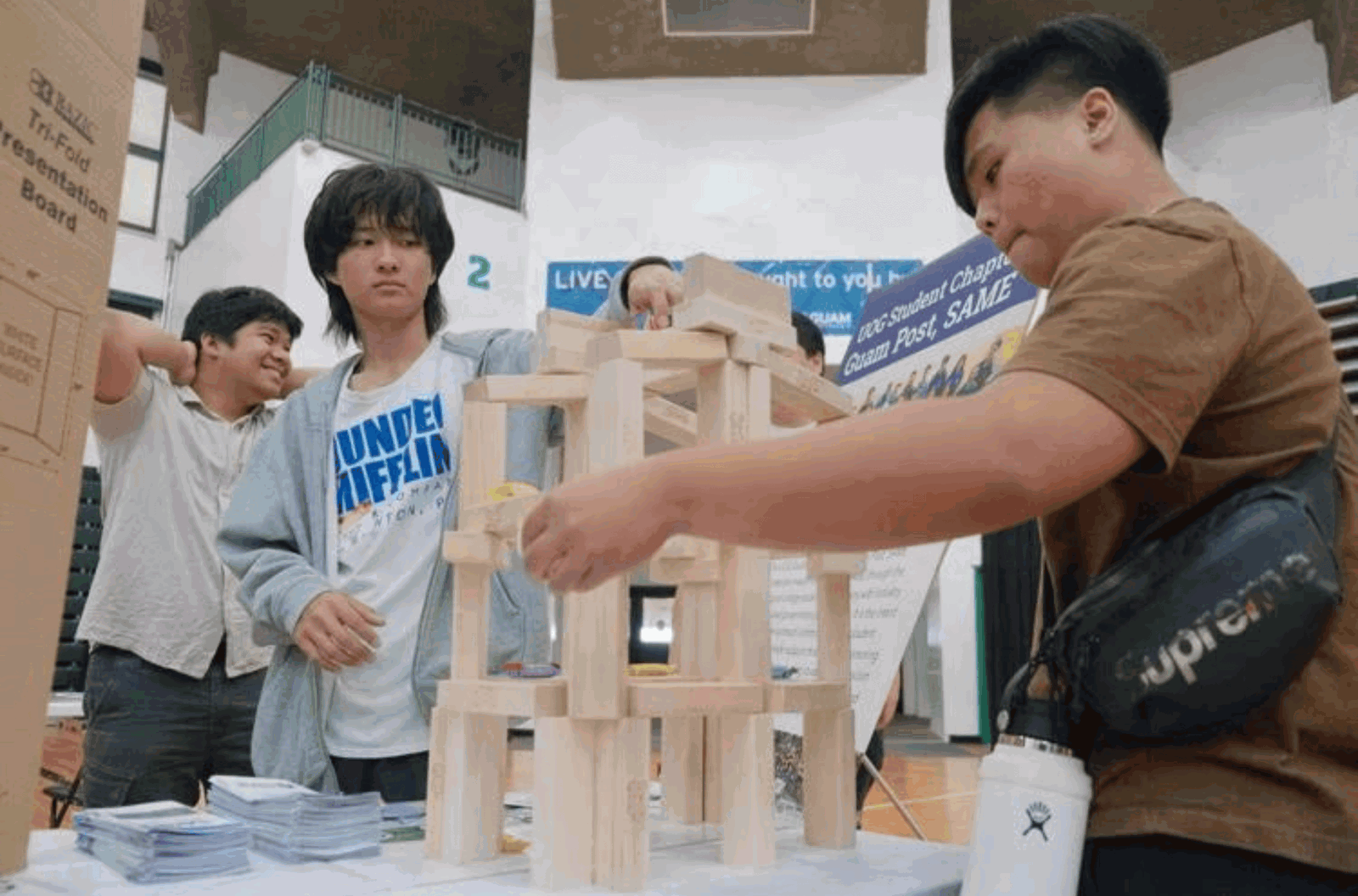HAGÅTÑA (The Guam Daily Post) — For two days, students from the University of Guam hosted a conference aimed at building bridges and breaking barriers in STEM.
The students of the College of Natural & Applied Sciences organized the conference to provide a platform for high school, undergraduate and graduate students to explore opportunities in science, technology, engineering and math STEM-related degree programs and career fields.
Nico Valencia, the chairperson for the STEM conference, told The Guam Daily Post that STEM isn’t really acknowledged commonly on the island.
“I feel like in Guam we don’t really acknowledge STEM commonly, so being able to continue on and have more people present on Day 2 on a different set of topics, yesterday was more so biology and today is more mathematics, statistics and computer science. I think it shows the diversity of STEM opportunities on Guam, building those bridges and breaking those barriers to show Guam more opportunities in STEM,” Valencia said.
On Saturday, Day 2 of the conference, attendees were able to listen to three presentations, all of which relies on STEM to solve real-world problems on the island.
“I am presenting on using computer vision to detect and monitor invasive species in Guam. With this project I use Java and the open source computer vision application program interface to detect coconut rhinoceros beetles, specifically adult rhinoceros beetles,” explained Gabriel Florencio, poster presenter.
He told the Post that without STEM technology his computer program would not be possible.
“My hope is to use this in an unmanned drone to perhaps automate the process of detecting rhinoceros beetle in the wild,” Florencio said. “STEM is absolutely necessary for this endeavor. This whole project is heavily involved in computer science, which is one of the foundations in STEM, technology.”
Valencia said, “STEM offers a unique set of solutions to problems we have in Guam. … It provides a great way for collaboration between a lot of places. … It’s important to acknowledge limitations on Guam but with STEM and academia we are able to connect with a lot of universities to understand our problems a lot more … and have a mutual benefit of helping others and helping Guam.”
Roughly 350 people attended the two-day conference.












